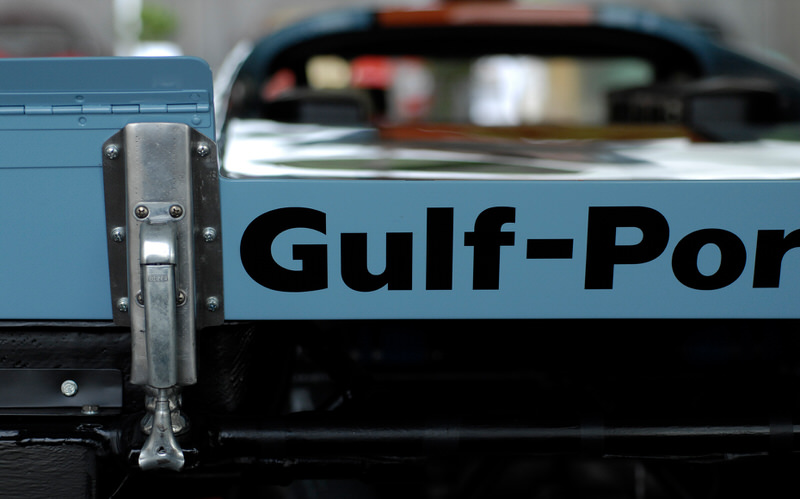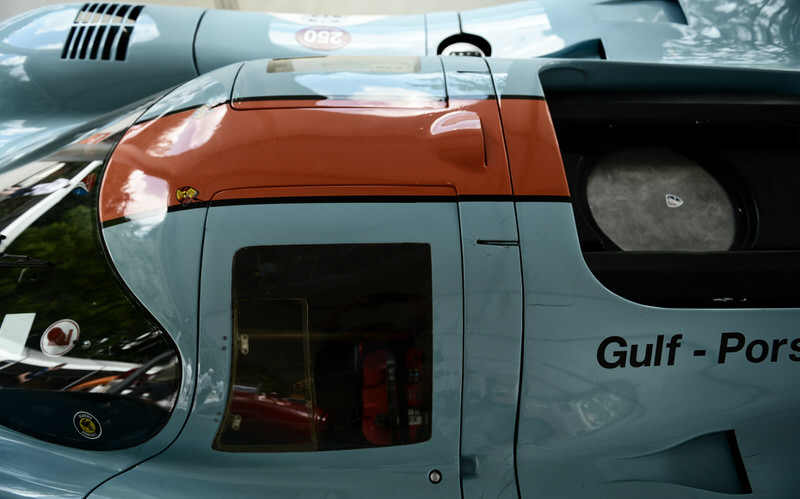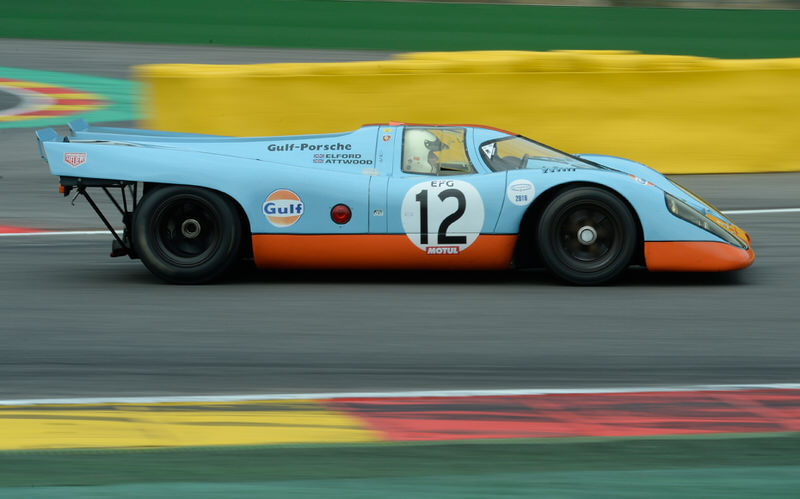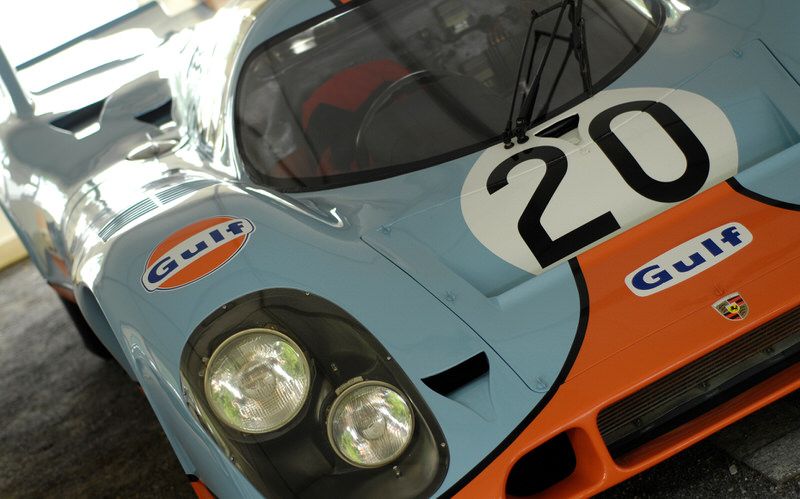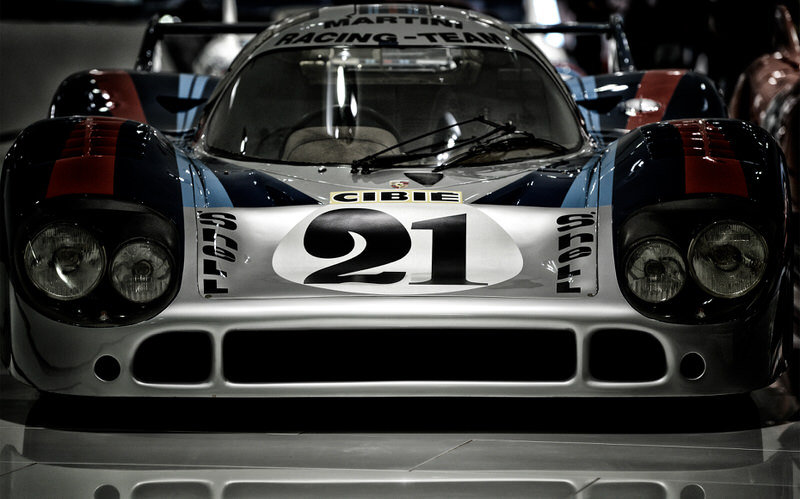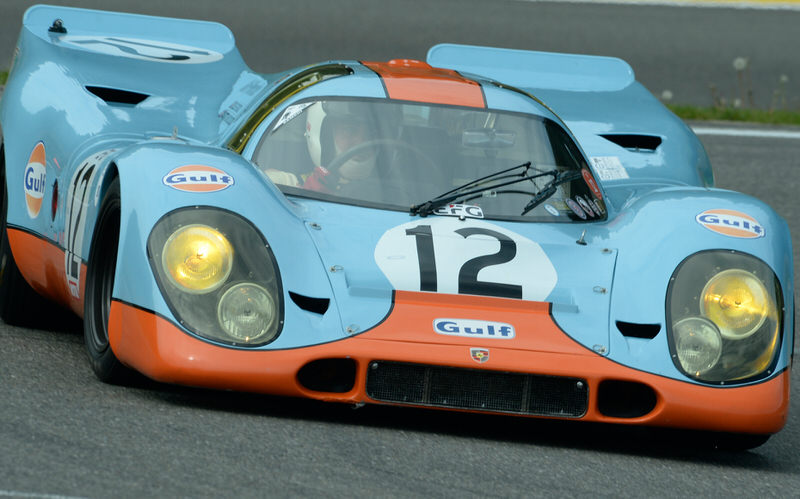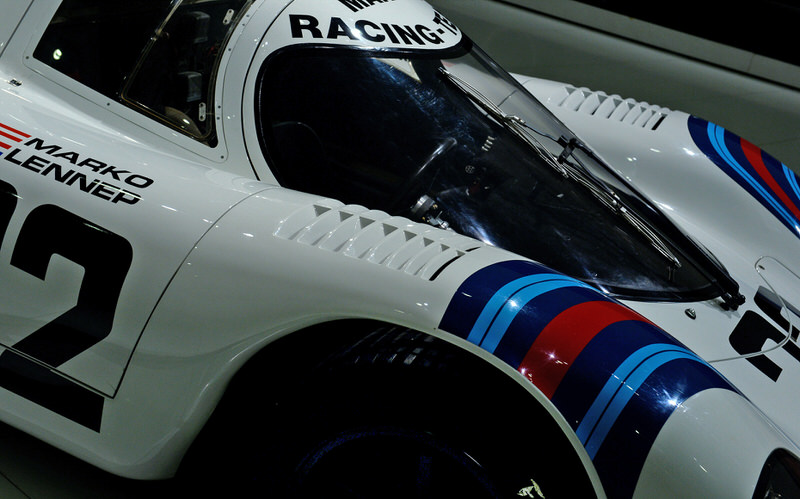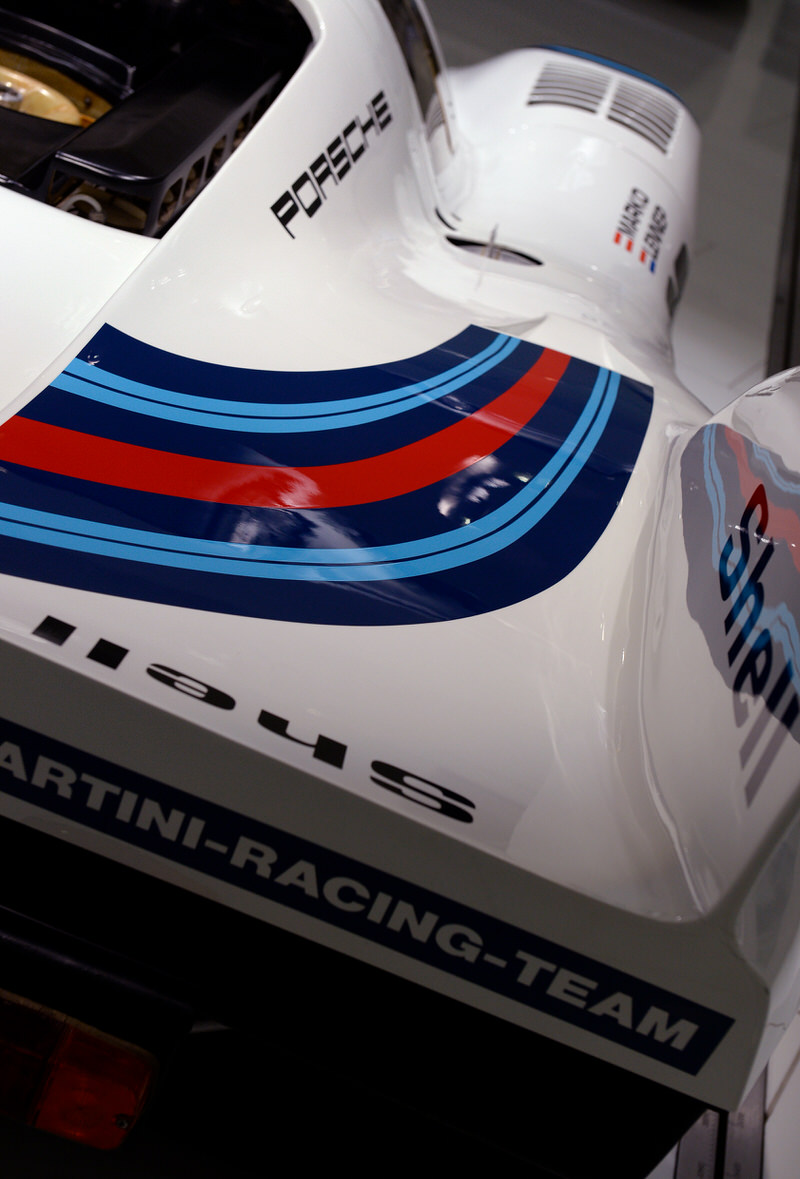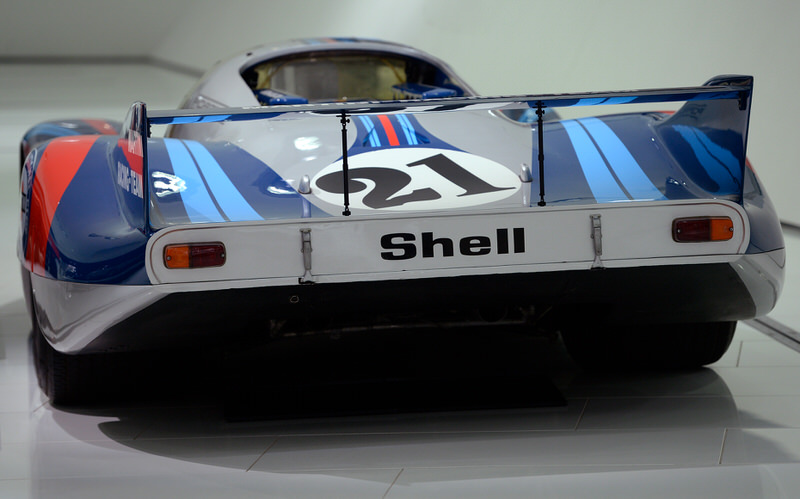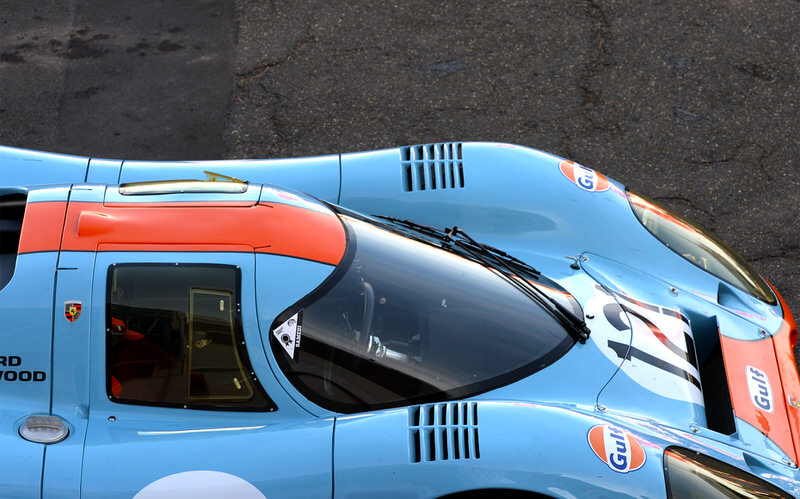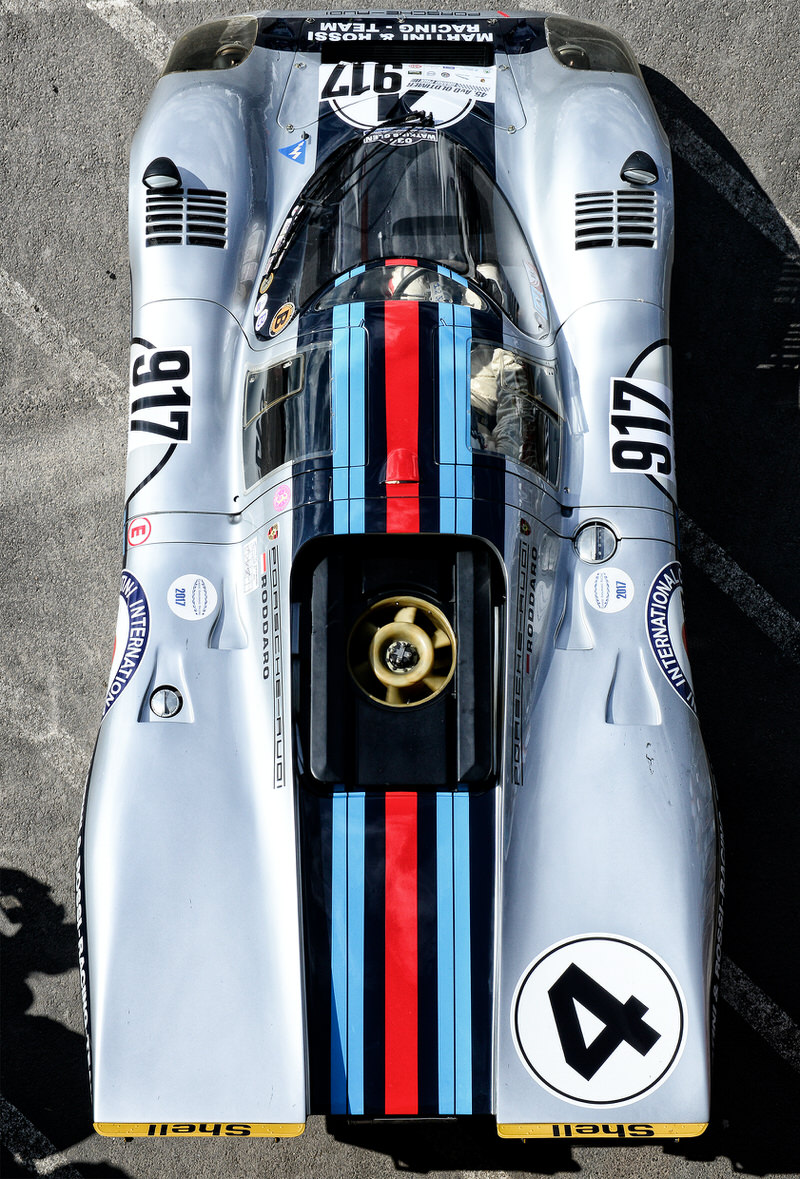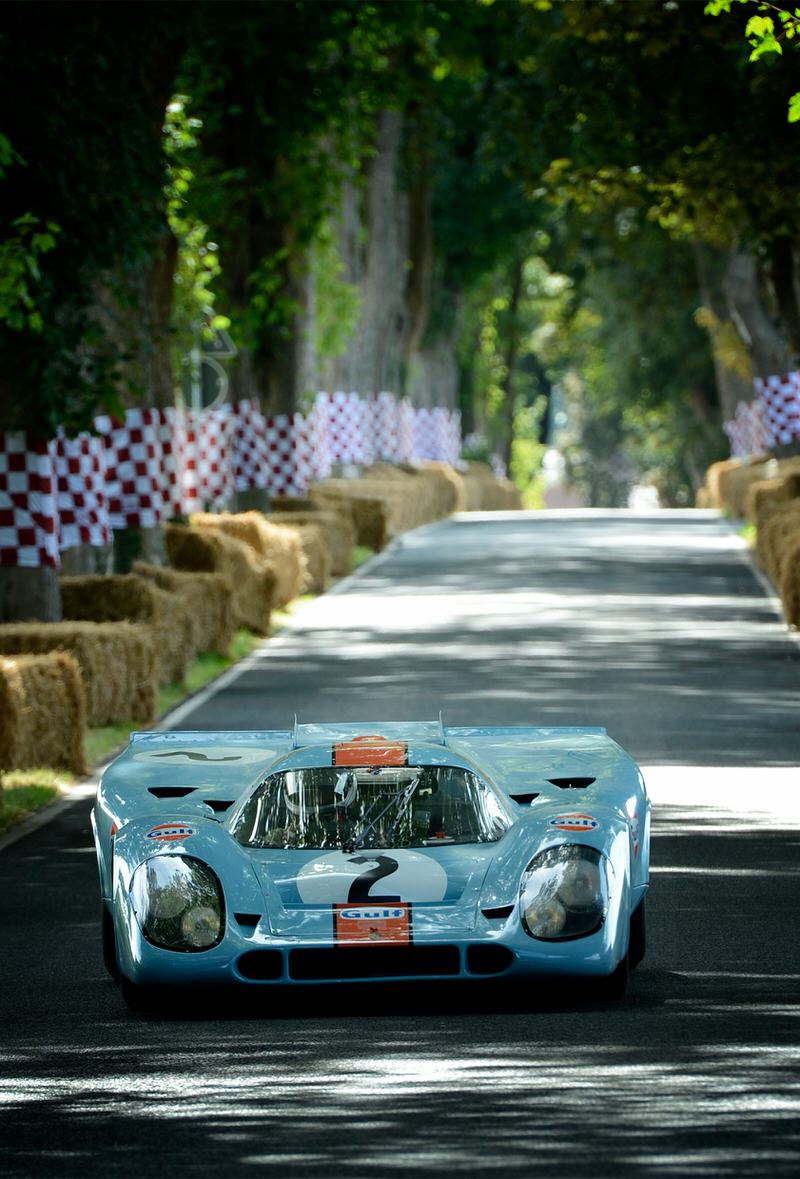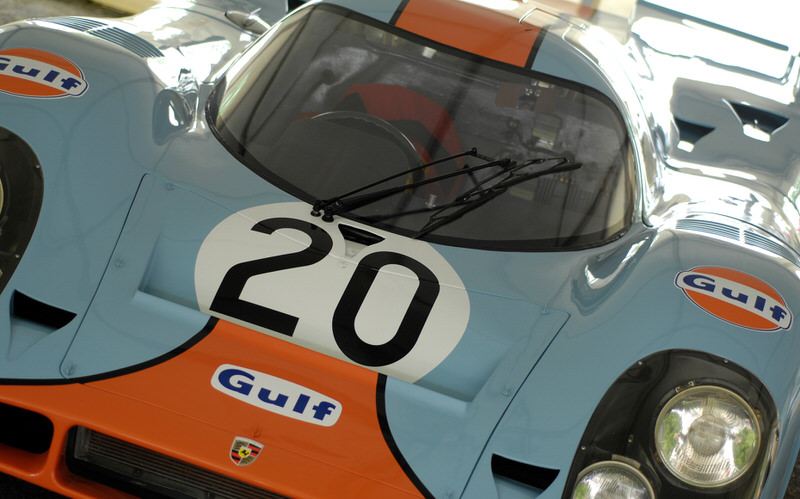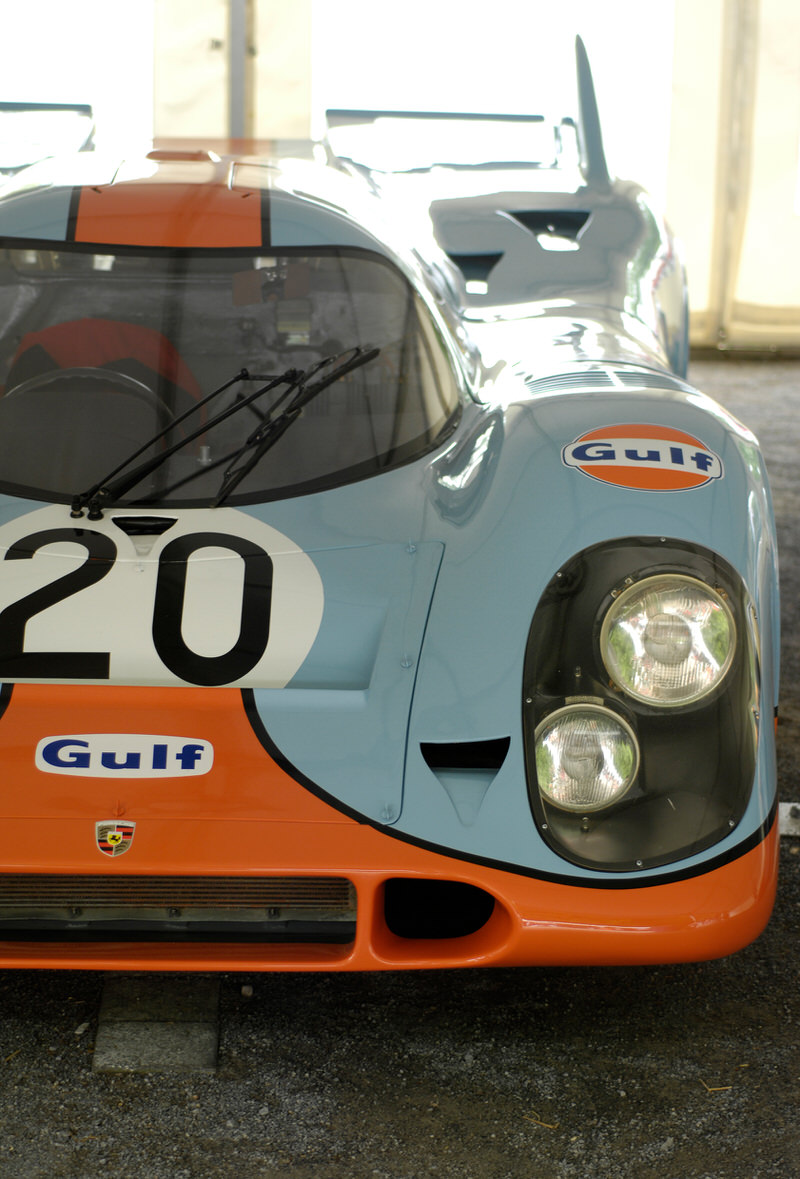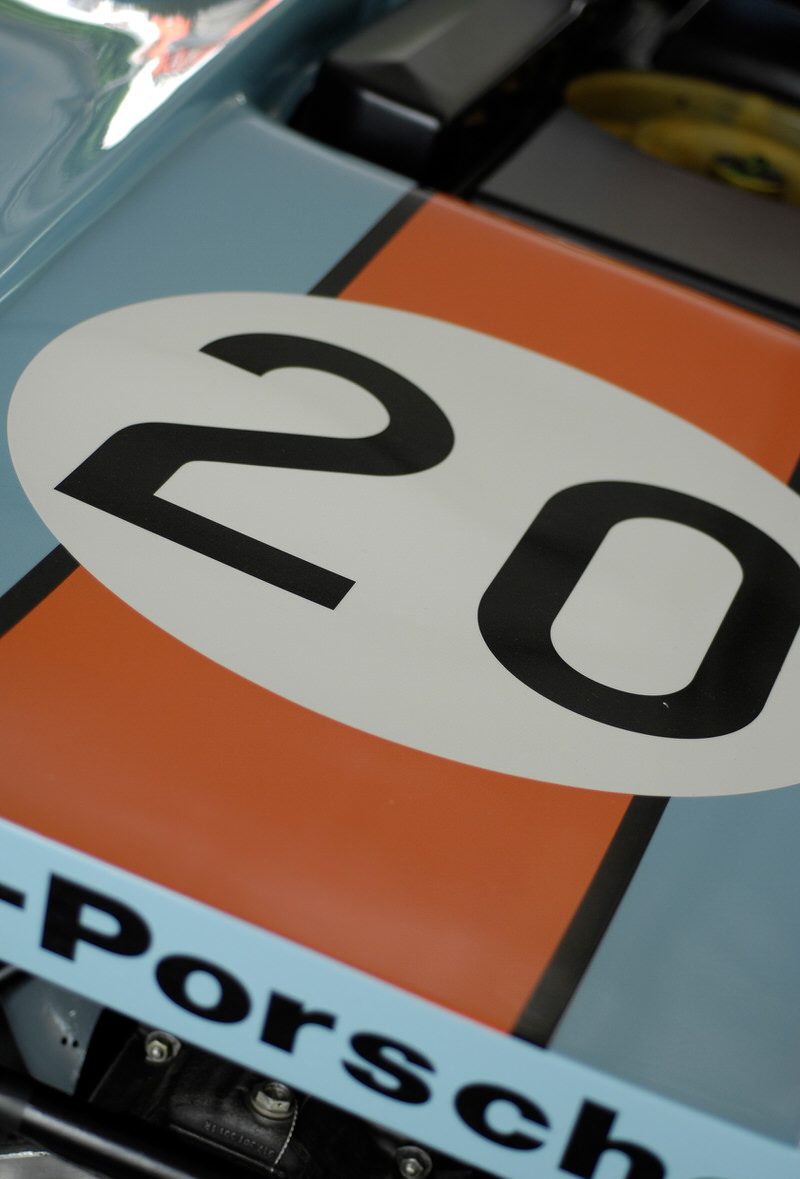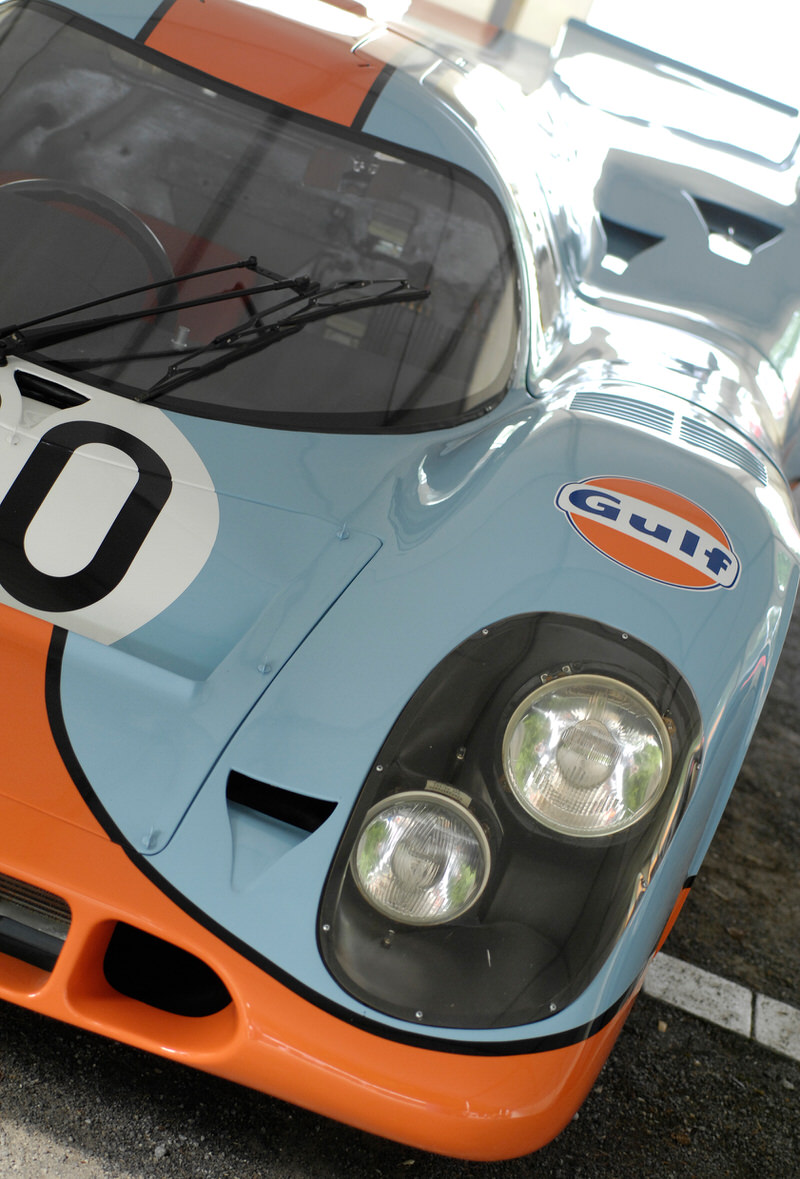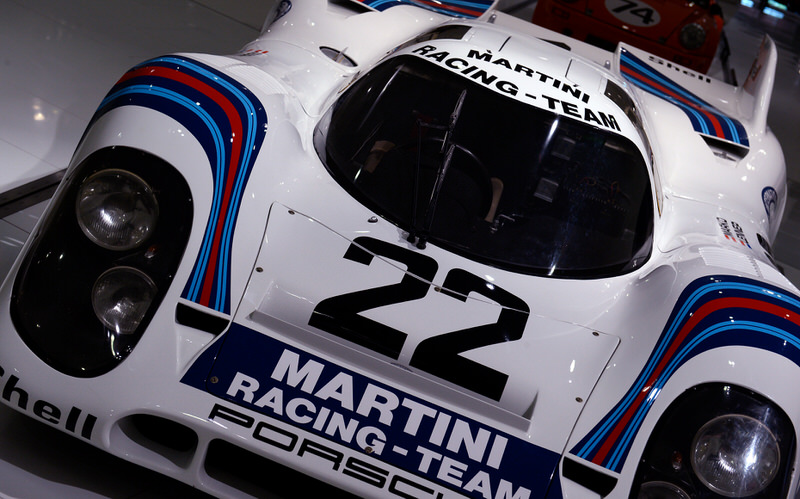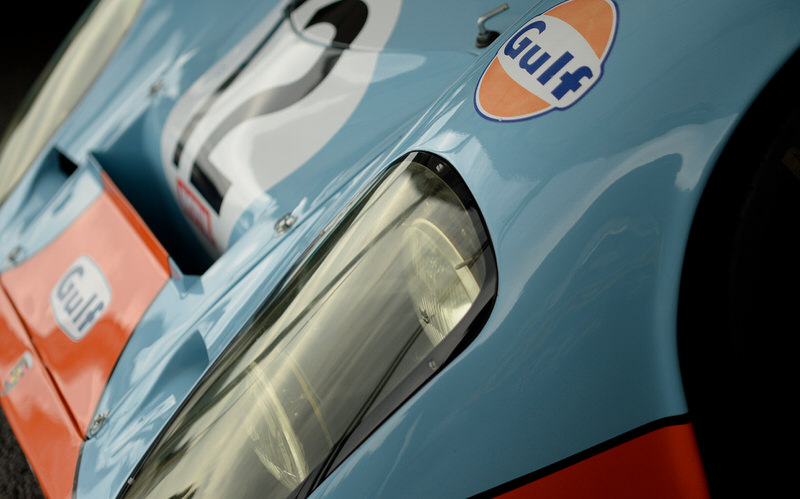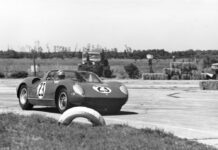„This was the biggest risk of my life“ said Ferdinand Piëch about the decision to build the Porsche 917.

In an effort to reduce the top speeds at Le Mans and other fast circuits of the Group 6 prototypes (such as the seven-litre Ford GT40 Mk.IV and four-litre V12 Ferrari P) the Commission Sportive Internationale announced that the International Championship of Makes would be run for three-litre Group 6 prototypes for four years from 1968 to 1971.
Well aware that few manufacturers were ready to take up the challenge immediately, the CSI also allowed the participation of five-litre Group 4 sports cars, of which a minimum of 50 units had to be manufactured. This targeted existing cars like the Ford GT40 Mk.I and the newer Lola T70 coupe.

In April 1968, facing only few entrants in races, the CSI announced that the minimum production figure to compete in the sport category of the International Championship of Makes was reduced from 50 to 25.

Starting in July 1968, Porsche made a surprising and expensive effort to take advantage of this rule. They decided to conceive, design and build 25 versions of a whole new car with 4.5-litre for the sport category with the one goal: to win its first overall victory in the 24 h of Le Mans. In only ten months the Porsche 917 was developed, based on the Porsche 908. On March 12, 1969, a 917 was displayed at the Geneva Motor Show, painted white with a green nose and a black No. 917. Brief literature on the car detailed a cash price of DM 140,000, approximately £16,000 at period exchange rates, or the price of about ten Porsche 911s. This price did not cover the costs of development.
On April 20, 1969, Porsche’s head of motorsports Ferdinand Piëch displayed 25 Porsche 917 parked in front of the Porsche factory to the CSI inspectors.
The icon was born. But the first cars had a lot of issues: oversteering, understeering, no balance, unstable at top speed and so on.
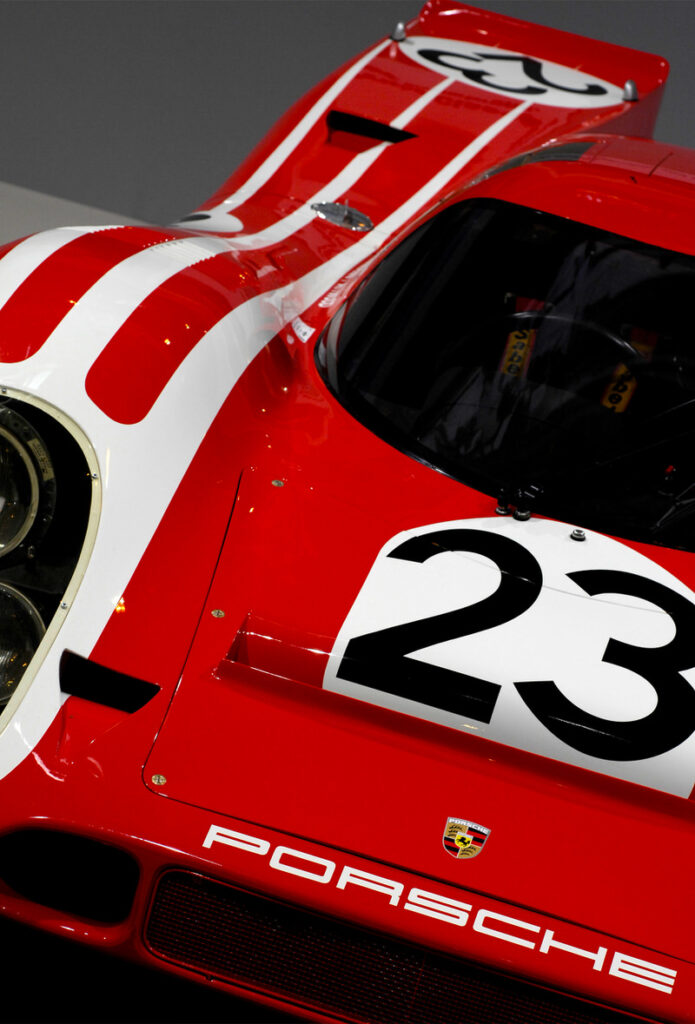
The car was designed by chief engineer Hans Mezger under the leadership of Ferdinand Piëch and Helmuth Bott. The car was built around a very light spaceframe chassis (42 kg ). Power came from a new 4.5-litre air-cooled engine designed , which was a combination of 2 of Porsche’s 2.25 L flat-6 engines used in previous racing cars. The ‘Type 912’ engine featured a 180° flat-12 cylinder layout, twin overhead camshafts driven from centrally mounted gears and twin spark plugs fed from two distributors. The large horizontally mounted cooling fan was also driven from centrally mounted gears. The longitudinally mounted gearbox was designed to take a set of four or five gears.
To keep the car compact despite the large engine, the driving position was so far forward that the feet of the driver were beyond the front wheel axle. The car had remarkable technology. It was Porsche’s first 12-cylinder engine and used many components made of titanium and magnesium. Other methods of weight reduction were rather simple, such as making the gear shift knob out of birch wood.
There are at least eleven variants of the 917. The original version had a removable long tail/medium tail with active rear wing flaps, but had handling problems at high speed because of significant rear lift. The handling problems were investigated at a joint test at the Österreichring by the factory engineers. After exhaustive experimentation, a shorter, more upswept tail was found to give the car more aerodynamic stability at speed. The changes were quickly adopted into the 917K for Kurzheck, or „short-tail”.

With this version, the Porsche 917K, the goal was finally reached. On May 14, 1970 Hans Herrmann and Richard Attwood took the first overall victory at the 24 h of Le Mans after winning in heavy rain. The winning car started under the flag of Porsche Salzburg, painted in red with white stripes and the No.23. After this race Hans Herrmann quit his driving career with his biggest success. In 1971 Porsche took the overall win again with the „Martini“ livered Porsche 917 with Dr. Helmut Marko and Gijs van Lennep behind the wheel.
And finally the 917 was the big star at Steve Mc Queen’s motion picture Le Mans. The movie was my first seeing of this great car. When I am able to watch a 917 today. I still can say that I love it.
So, finally the risk of building the 917, has create a legend of the Porsche Sportscar history, even after all this years.
Porsche 917 TECHNICAL SPECIFICATION
MODEL Porsche 917
TYPE FORMULA Sport-Prototype
YEAR OF PRODUCTION 1969 – 1971
ENGINE Type 912, 180° flat12 cylinders
CUBIC CAPACITY 4.5L / 4.9L / 5.0L
LAYOUT Rear, mid engine, rear-wheel-drive
TRANSMISSION 4-speed manual, 5-speed manual
CHASSIS Tubed Frame
WHEELBASE 2.300 mm
LENGTH 4.780 mm (LH), 4.120 mm (KH)
WIDTH 2.033 mm (LH), 1.980 mm (KH)
HEIGHT 920 mm (LH), 940 mm (KH)
WEIGHT 820 kg




